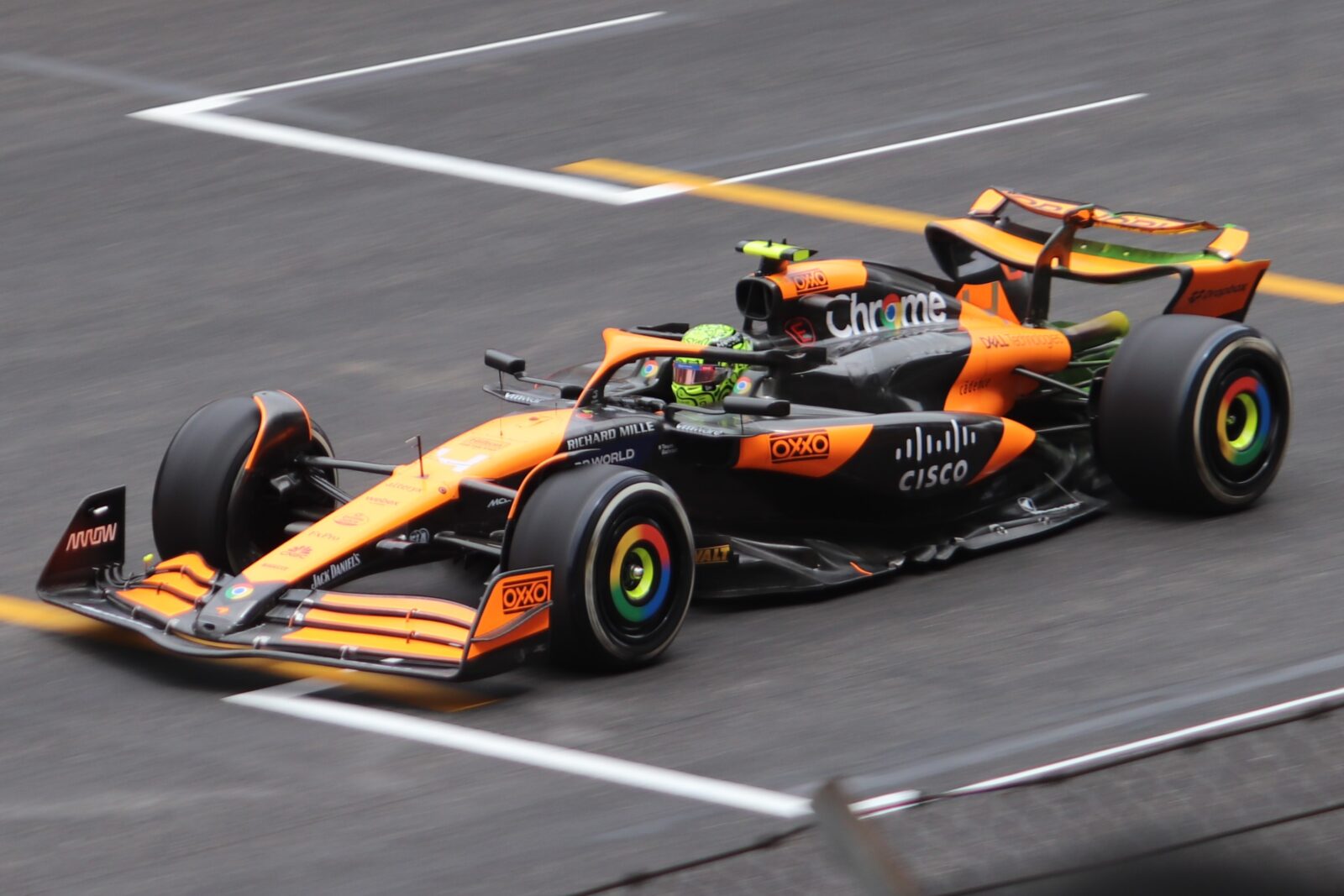Even if you’re a new F1 fan, you already know that the weight in Formula 1 is a crucial factor. The weightier the car – the slower it is, while even a difference of 1.5kg can cost a win; therefore, Mercedes driver George Russell lost his Belgian Grand Prix victory when the FIA (Fédération Internationale de l’Automobile) found him underweighted. The F1 drivers’ weight’s delta is the field where the additional questions arise now that the lighter and heavier cases can both be bad options. Moreover, with the new Formula 1 regulations, the term becomes even more unclear. So, how much do F1 drivers have to weigh? What are the minimum limits and maximal requirements? Here is the explanation for F1 beginners.
Weight Of The F1 Drivers In The Current Formula 1 Regulations
Currently, and until 2025, there are two significant weight limits in F1 racing. These are the minimal requirements for the car – 798kg and the driver – 80kg.
These two are considered together but estimated apart so that racers and vehicles get weighted differently.
Everything is simple with the kilos of the Formula 1 car. With empty tanks and without a driver, it has to weigh no less than 798kg.
Both rules are pretty clear and strictly regulated.
For example, let’s get back to the Belgian GP. Mercedes driver George Russell did a brilliant job, and his one-stop racing strategy played twice, bringing him enough to run ahead of his teammate Lewis Hamilton.
After the loud ovations at the finish, it became clear Russell had violated one of the most important Formula 1 regulations. His Mercedes W15 car was lighter than 798kg for 1.5kg, and it was about Russell’s vehicle only.
However, we already measured the drivers’ weight and height in Formula 1, and if you look at the current athletes, you won’t find anyone who weighs more than 80kg. Moreover, with 78kg on the scales, Nico Hulkenberg is the heaviest on the grid. Do they violate the rules? No.
The Minimum Weight Of An F1 Driver – A Maximum Of Confusion
The big illusion has come since we got used to thinking that racers with less mass have the advantage in Formula 1.
First, it concerns the minimum limit, which is estimated together: the racer’s weight plus the equipment (suit, helmet, and gloves).
Thus, outside the car, the driver can weigh as much as he needs, even though it is about 54kg, that Yuki Tsunoda has. It isn’t a violation. However, inside his Visa Cash App RB (VCARB 01) car, he needs additional cargo for 26kg to offset or, better to say, reach this minimal limit.
Secondly, the absence of kilos hurts the F1 driver’s physical shape and racing endurance. Therefore, Formula 1 is changing the weight requirements for the racers.

New Regulations: What Is The Reason For Extending The F1 Drivers Weight Limit?
Since 2026, F1 cars will be lighter by 30kg (768kg), while the racers can be heavier by 2kg (82kg) since 2025.
It is simple with vehicles, even though constructors are guaranteed to struggle to meet this rule.
However, what’s the point of extending the minimum weight for F1 racers? The FIA Formula 1 will implement the requirement for two reasons. Both are about to carry on the drivers. Let’s dig deeper.
Even if you are new to Formula 1, you know that athletes’ body mass is an unstable dimension. It varies from race to race. All numbers you can find in motorsport web sources are the racers’ ideal quantity, a perfect shape, that they have been keeping during the season.
Therefore, the body mass changes continuously and differs before and after the race. Most importantly, the feel of the weight significantly changes on different circuits since Formula 1 covers locations with contrasting weather conditions.
Some drivers are, therefore, forced to go on diets to lose a few kilos before the Grand Prix in Qatar, Saudi Arabia, Singapore, and others to withstand the racing conditions.
To make drivers’ performance more comfortable and allow them not to keep diets and restrictions before the Grand with challenging racing conditions, the FIA will extend the F1 racers’ weight limit. However, it is not the only reason.
Secondly, an additional 2kgs in the FIA regulations help to prevent teams from using the weight to get any advantage and play fair. There is still a small ‘hole’ to bend the rules today, as the limit includes the additional suit, gloves, and helmet kilos.
Since 2025, athletes racing in Formula 1 must weigh at least 82kg. A strictly separate value won’t include the mass of equipment.

Takeaways: What We’ve Got Learned?
- The Formula 1 regulations have two crucial weight limits: for the car (798kg) and the driver – 80kg. These aren’t estimated together. Cars and drivers are weighted apart. That is why the racers always get weighted after the Grand Prix.
- All the current F1 drivers on the grid are fit. Their weights don’t meet the minimum, but the value includes the kilos of the gloves, helmet, and suit.
- However, the less weighted racers don’t have the advantage because they still must meet the mark for 80kg inside the car.
- The FIA Formula 1 will introduce new requirements to the driver’s weight, and since 2025, each racer has to weigh 82kg as the minimum threshold. In contrast to the current rules, the value concerns only the athlete’s body mass.
- The new regulation aims to help drivers maintain good physical form in difficult racing conditions, where, due to the weather, the weight becomes a problem.
- Moreover, the new Formula 1 weight rule will prevent the team from blending the regulations.


Leave a Reply